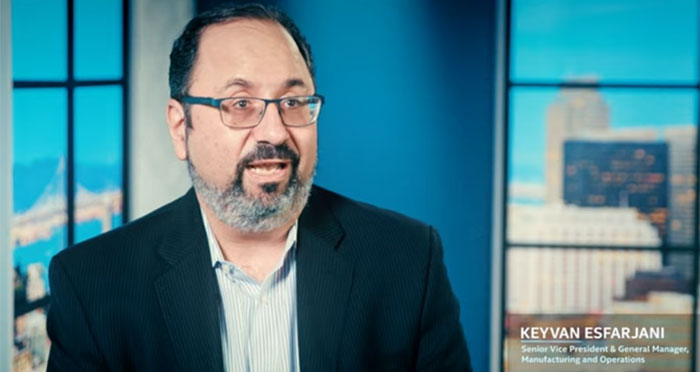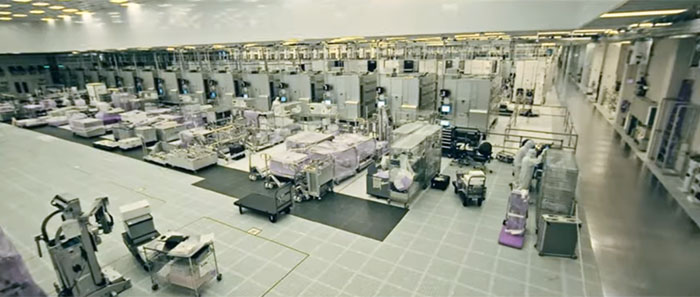The recent trend seems to have been of largely downbeat news from Intel, and I guess the share price pays testament to that. Though a week ago we reported upon Intel pushing the storage industry forward with its latest 3D NAND and Optane infused products, and it looks like it will be able to squeeze double digit performance gains from Rocket Lake.
Intel has just published a reassuring blog post, perhaps targeting twitchy investors, that paints a picture of confident growth – and a firm ably striving to keep up with the great demand for its cutting edge products. The headline takeaway is that Intel has managed to double its 14nm and 10nm output in the last three years.

"Over the last three years, we have doubled our wafer volume capacity, and that was a significant investment," said Keyvan Esfarjani, SVP and GM of Manufacturing and Operations at Intel. "Moving forward, we're not stopping… We are continuing to invest into factory capacity to ensure we can keep up with the growing needs of our customers."
Intel provides some background for its very worthwhile achievement. It says that it has found "innovative ways to deliver more output within existing capacity," in recent years using yield improvements. Additionally the firm has been ramping up the 10nm process through 2020 with 'high volume' 10nm production now going on in Oregon, Arizona, and in Israel.
The well publicised introduction of 10nm SuperFin is another point of pride for Intel. It says this technological refinement has enabled "the largest single intranode enhancement in Intel’s history," and performance improvements that come from 10nm SuperFin are comparable to a full node transition, according to the company.

Esfarjani's second quote by the Intel blog was less convincing. He noted that 10nm is progressing "quite well", which isn't a highly affirmative statement, but it is positive in a way that might avoid future lawsuits. Meanwhile, PC Desktop enthusiasts still have to sit through at least one more 14nm generation (RKL-S with CML-Refresh) before getting any 10nm SuperFin goodies.













